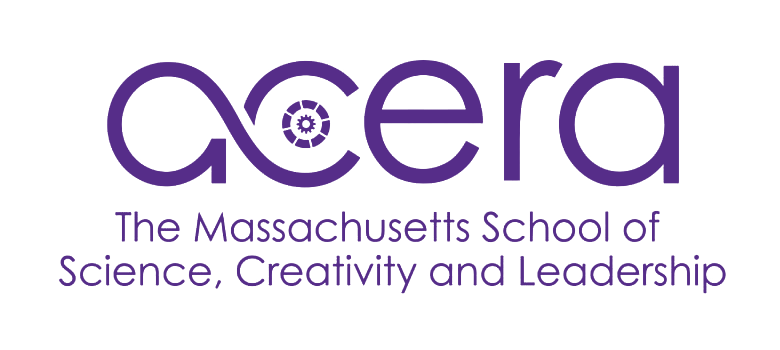By: Yash A.
Yash is a middle schooler at Acera, this blog post is part of his tech elective
What is Augmented Reality?
Augmented Reality can be used for many different purposes. One of those purposes is for education.. This isn’t one of the more common types of uses for augmented reality, but it can really help advance different types of learning. Some of the more common uses of AR are for video games, most recently Pokemon Go. Unlike video games, augmented reality use in education is a relatively new idea and technology, and can have many faults and problems. But when it does make it’s way into the realm of education, it has the potential to revolutionize the way we think of education.
What is AR?
First, however, we must first discuss how AR works and the impact it has already made on the world in other fields of use. On the surface, Augmented Reality is a way to superimpose sensory enhancements in the real world. What I mean by that is that it adds graphics, sound, and smell which are “real” to superimpose upon the environment which the being is in. You can interact with these superimposed sensory objects also and that is why many people find this interesting.
Some Examples:
A really interesting way this technology has already been used is the sixth-sense augmented reality system, which projects a phone pad onto your hand and allows you to interact and call people with, without your phone leaving your pocket, or wherever else you keep it. Or an app which uses your GPS to tell you some restaurants near you and their ratings and reviews. Bottom line is, there are many different ways to use AR.
Now that we are done with the overview and uses AR, it is now time to discuss how it can be used in education.
How it Can be Used in Education
3D images
One way which it can help is it can provide 3D images of objects which students can interact with. For instance, it can give students a copy the “Constitution of the United States” in their hands which can be interacted with and read. Or for showing a fossil of a dinosaur which is too soft to touch, you can use AR to replicate it and let students touch the replica of the bone. This is a much cheaper and safer alternative as compared to creating a replica of the exact bone.
Representation of Concepts
Another way it can be used is it can give representations of things which are too small to see or bring back representations of dead/extinct animals, like the wooly mammoth. It can give a visual representation of a water molecule forming, or even something more complex, like a Micrococcus radiophilus bacteria eating and breaking apart plutonium in a nuclear reactor. Again, this is a much more economic option than going to a nuclear reactor, getting a Micrococcus radiophilus bacteria eating and breaking apart plutonium and then examining it under a microscope. When you see something, usually you remember it better than if you just learn about it in a theoretical manner.
Textbooks Come to Life!
Additionally, we can use it to bring textbooks to life, like if a student has a question about something talked about in the book, they can ask the question to the book and the book can respond to you and answer the question correctly. This leads into my final point, of that you can give the objects created by the AR system artificial intelligence.
Artificial Intelligence
AR systems equipped with artificial intelligence can truly be used in jaw-dropping ways. Additionally, when a student needs to find a certain part or study a certain system in a human body, the Augmented Reality system can highlight it and show you how it works. Together, they can provide students with the ability to learn what they want to learn and let the students ask questions to the item and it can give accurate responses. This can also free up time for teachers to do other things which they might not be able to do otherwise.
Overall, augmented reality provides students with many more learning opportunities, and at a much lower price than may have been previously thought possible.They can make changes in education, the likes of which the world has never seen before.


